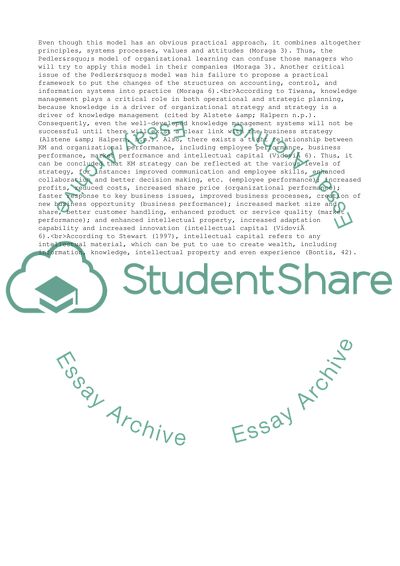Cite this document
(“Knowledge Management Essay Example | Topics and Well Written Essays - 2000 words”, n.d.)
Retrieved from https://studentshare.org/management/1572354-managing-knowledge-for-competitive-advantage
Retrieved from https://studentshare.org/management/1572354-managing-knowledge-for-competitive-advantage
(Knowledge Management Essay Example | Topics and Well Written Essays - 2000 Words)
https://studentshare.org/management/1572354-managing-knowledge-for-competitive-advantage.
https://studentshare.org/management/1572354-managing-knowledge-for-competitive-advantage.
“Knowledge Management Essay Example | Topics and Well Written Essays - 2000 Words”, n.d. https://studentshare.org/management/1572354-managing-knowledge-for-competitive-advantage.


